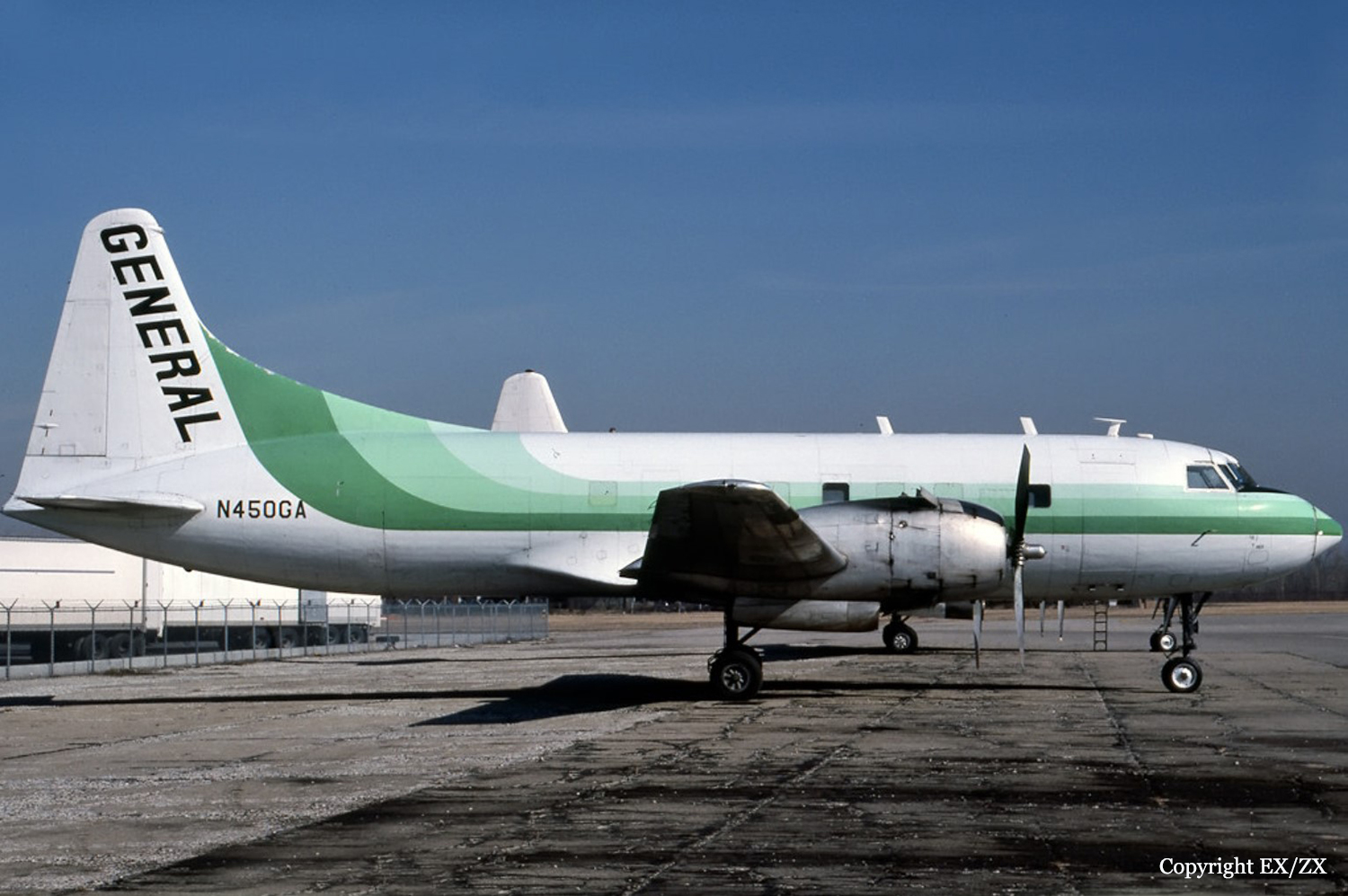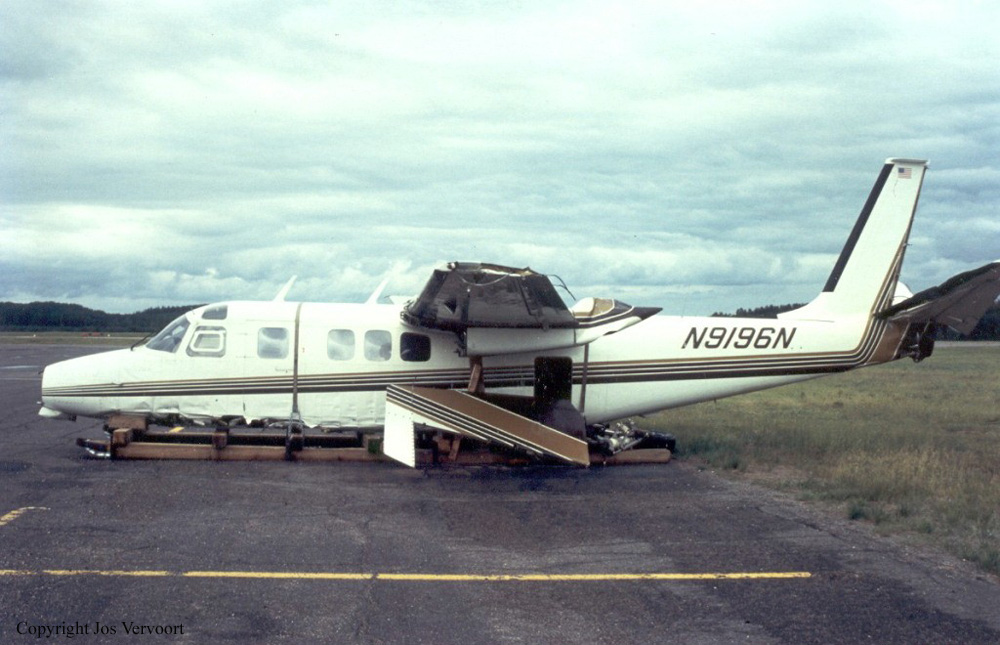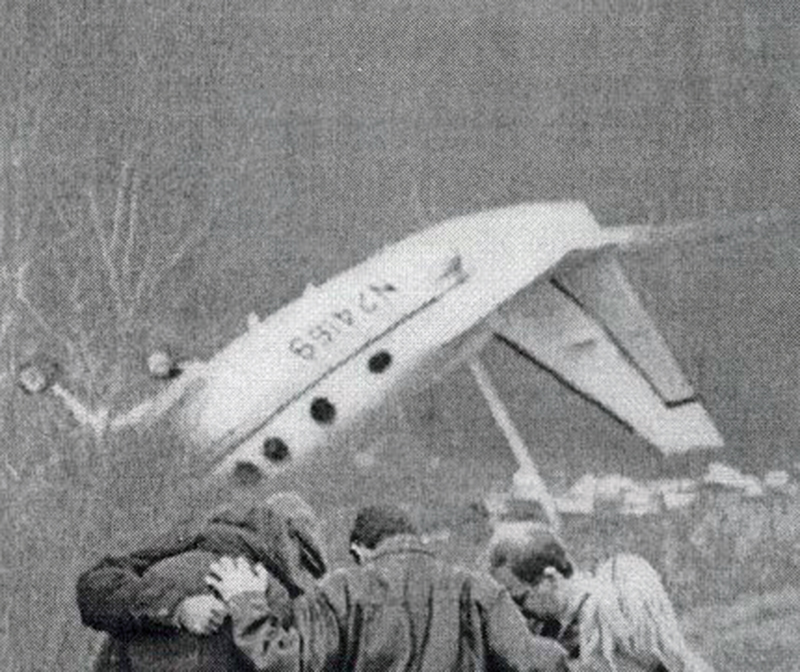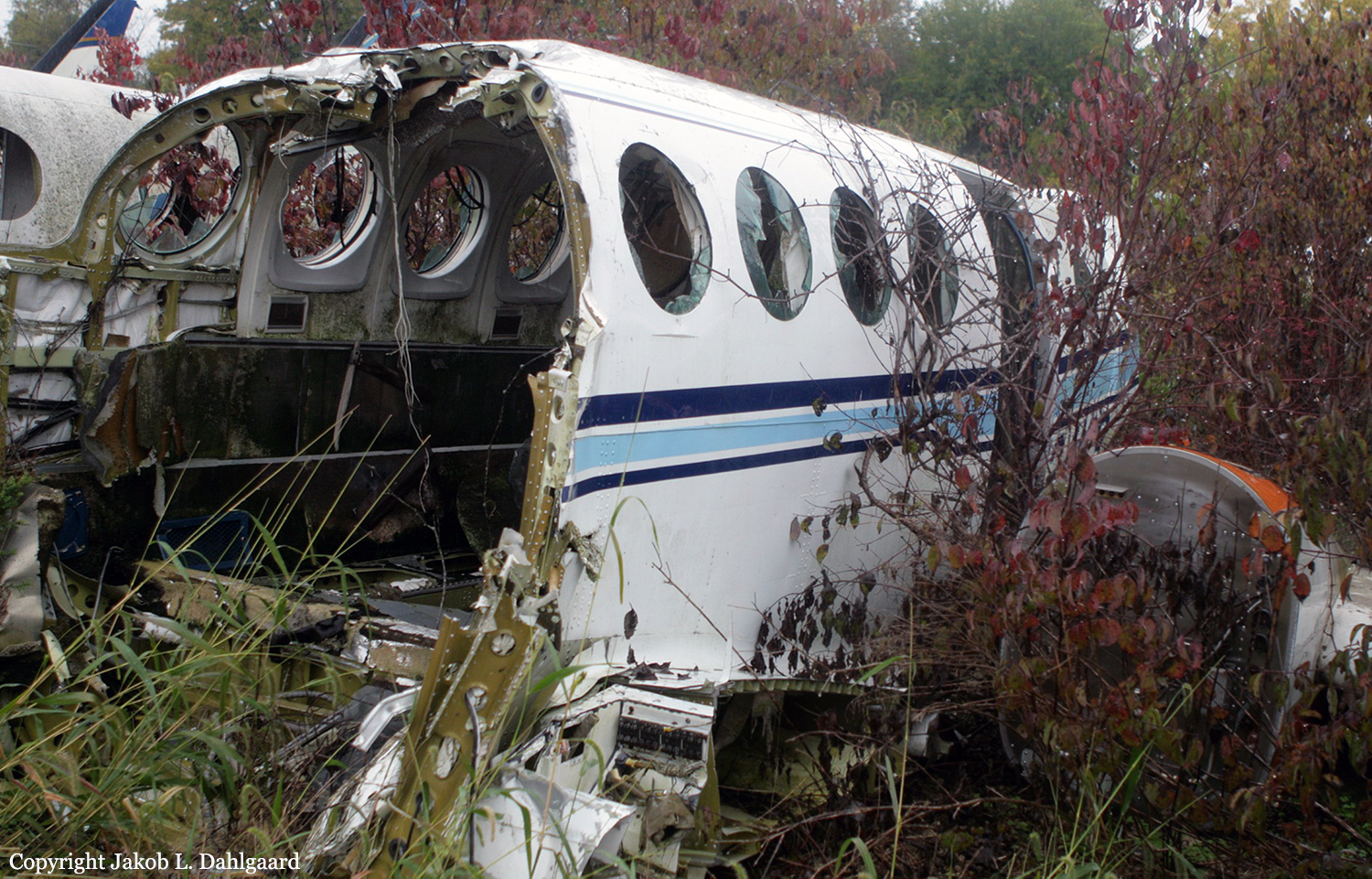Crash of a Cessna 207A Skywagon in McGrath: 1 killed
Date & Time:
Dec 22, 1991 at 1836 LT
Registration:
N6390H
Survivors:
No
Schedule:
Nikolai - McGrath
MSN:
207-0507
YOM:
1979
Crew on board:
1
Crew fatalities:
Pax on board:
0
Pax fatalities:
Other fatalities:
Total fatalities:
1
Aircraft flight hours:
11979
Circumstances:
The wreckage was located on the northeast side of halfway mountain heading approximately 270° at the 1,600 foot level. The accident site is located within two miles of the initial approach fix for the localizer/dme runway 16 approach at McGrath. The mea for the dme arc is listed as 3,600 feet above mean sea level. The sector obstruction clearance altitude is listed as 3,100 feet above mean sea level. Weather for the area, airmet sierra, indicated that mountain tops would be obscured and that ceilings would occasionally be 1,500 feet broken. There were reports of snow showers in the area of sufficient intensity that would not allow the search aircraft to fly through the snow showers. The pilot, sole on board, was killed.
Probable cause:
The pilot in command's improper inflight planning/decision and his attempt to fly VFR through imc conditions. Factors contributing to the accident were the snow, whiteout conditions, and darkness.
Final Report:













